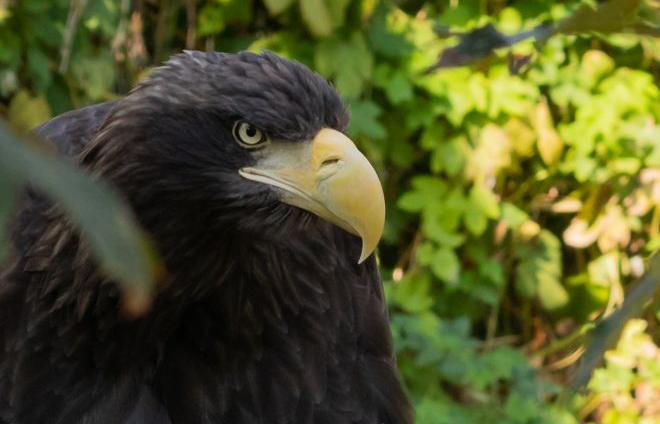The African forested elephant is the Cote d’Ivoire National Animal, a country located in West Africa. These elephants are one of two recognized subspecies of the African elephant, the other being the savanna elephant. African forested elephants are also known as the “West African elephant” and are one of the largest animals to inhabit the African rainforest. In this article, we will discuss the characteristics, habitat, behavior, conservation status, and human interaction with the African forested elephant.
Characteristics of the Cote d’Ivoire National Animal
African forested elephants are smaller than their savanna elephant counterparts, but still, they can grow up to 3 meters tall and weigh over 5,000 kg. Their ears are rounded, and their trunks have two finger-like projections. They have a reddish-brown color, and their skin is more wrinkled than that of the savanna elephant. In terms of behavior, African forested elephants are known to be shy and elusive, making them difficult to study in the wild.
Habitat and Distribution:
African forested elephants can be found in the rainforests of West and Central Africa, with their largest population in Cote d’Ivoire. These elephants prefer dense forest habitats, including primary and secondary forests, riverine forests, and even swamp forests. However, their habitats are being threatened by deforestation, hunting, and human encroachment.
Diet and Behavior:
African forested elephants are herbivores, and they feed on a variety of plants, including fruits, leaves, and bark. They also play an important role in seed dispersal in the forest. African forested elephants are social animals, and they live in family groups led by a matriarch. They communicate with each other through vocalizations, such as trumpeting and rumbling, and also use body language.
Conservation Status of Cote d’Ivoire National Animal
The African forested elephant is considered a vulnerable species by the International Union for Conservation of Nature (IUCN). According to the African Elephant Database, their population has decreased by over 86% since 1930, and they continue to face threats such as habitat loss, poaching, and human-elephant conflict. Conservation efforts are underway to protect their habitats and prevent poaching, including the creation of protected areas and anti-poaching patrols.
Cote d’Ivoire National Animal: Relationship with Humans
The African forested elephant has cultural and economic significance for many African communities. For example, they are used in traditional ceremonies and as a source of ivory and bushmeat. However, human-elephant conflict is a major issue, as elephants may damage crops and property, leading to retaliation from humans. Efforts are being made to find ways to coexist peacefully with these majestic creatures.
Conclusion:
In conclusion, the African forested elephant is a unique subspecies of the African elephant with distinct physical and behavioral characteristics. However, they face many threats to their survival, and conservation efforts are needed to protect their habitats and populations. Through education and awareness, we can work towards coexisting peacefully with these magnificent animals.
References:
Blanc, J., et al. (2007). Loxodonta africana ssp. cyclotis. The IUCN Red List of Threatened Species 2007: e.T12392A3339343.
Douglas-Hamilton, I., et al. (2010). African elephants: population trends and their relationship with rainfall. African Journal of Ecology, 48(4), 757-764.
Maisels, F., et al. (2013). Devastating decline of forest elephants in central Africa. PLoS ONE, 8(3),

